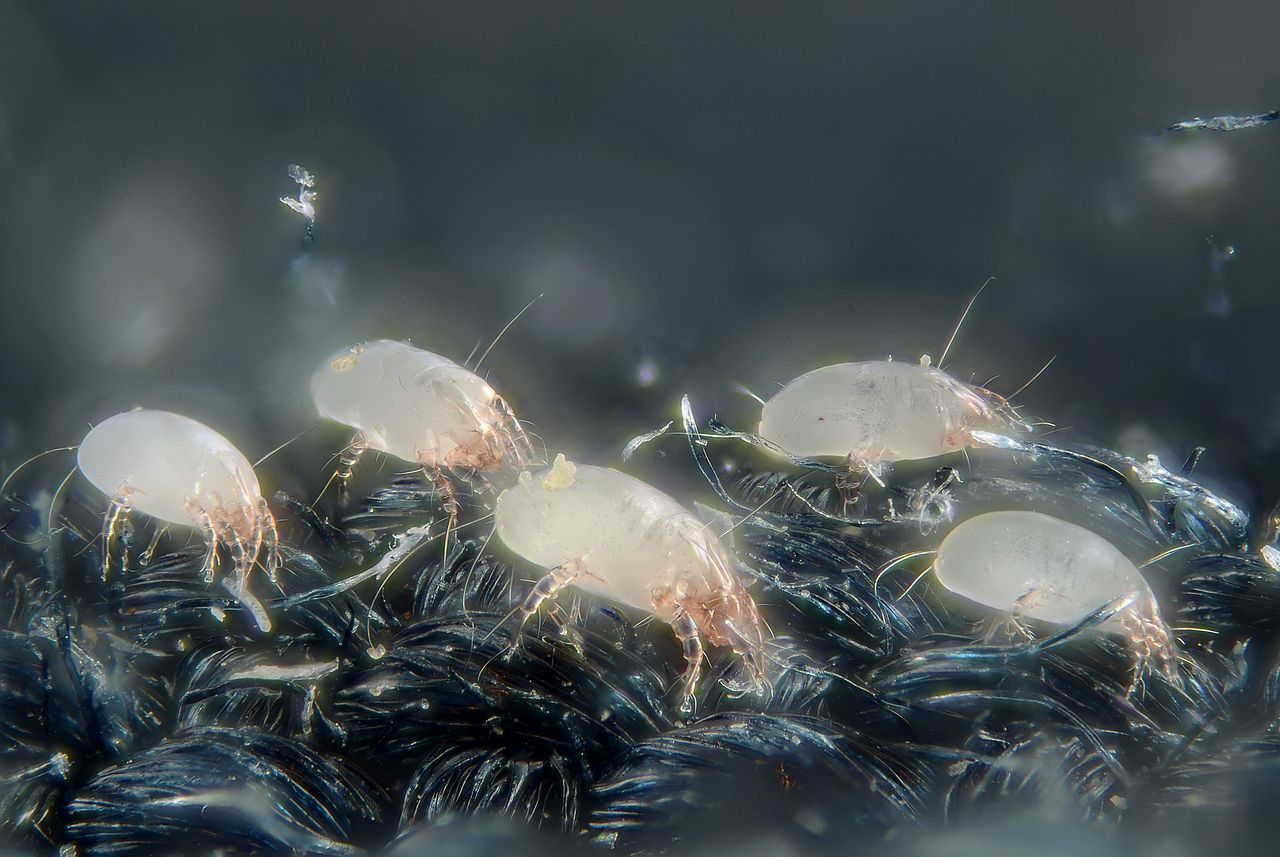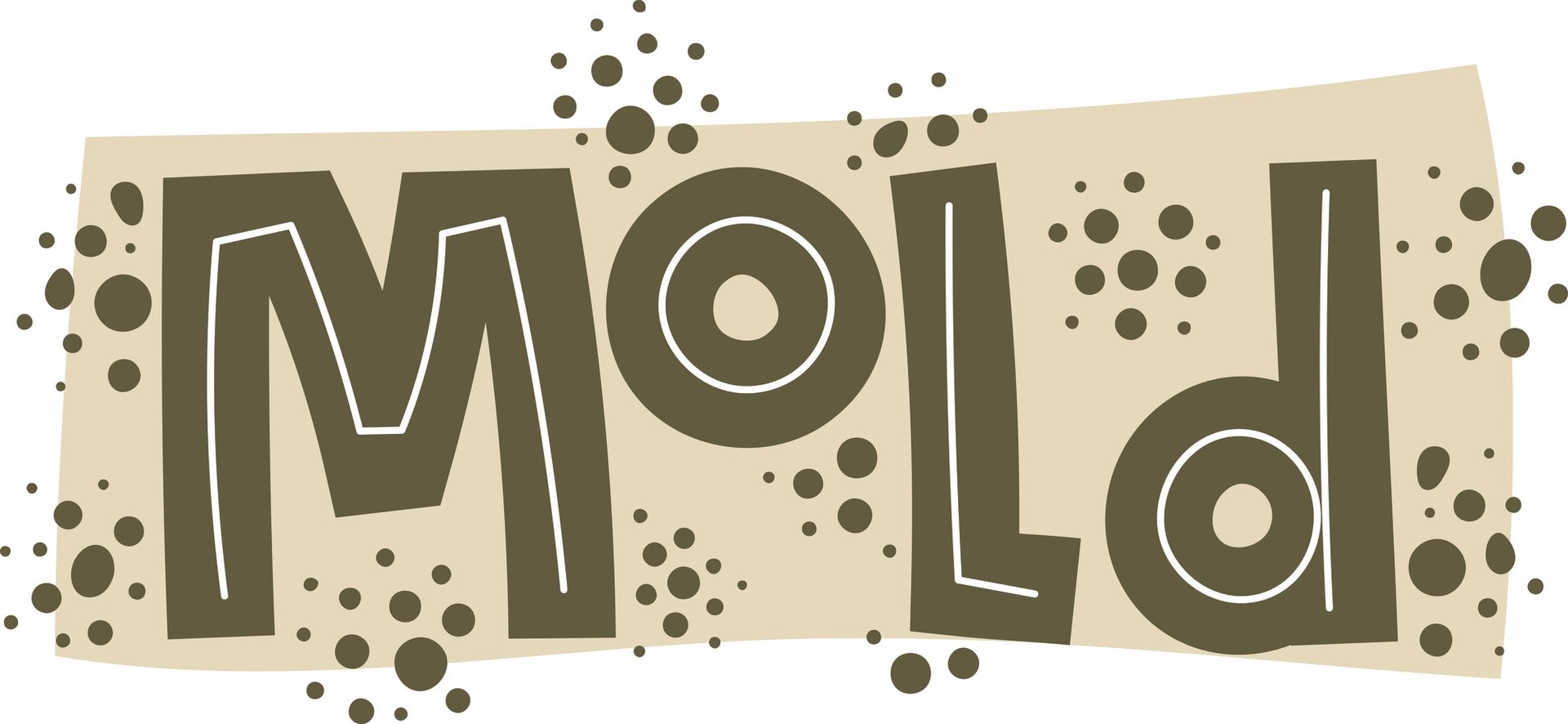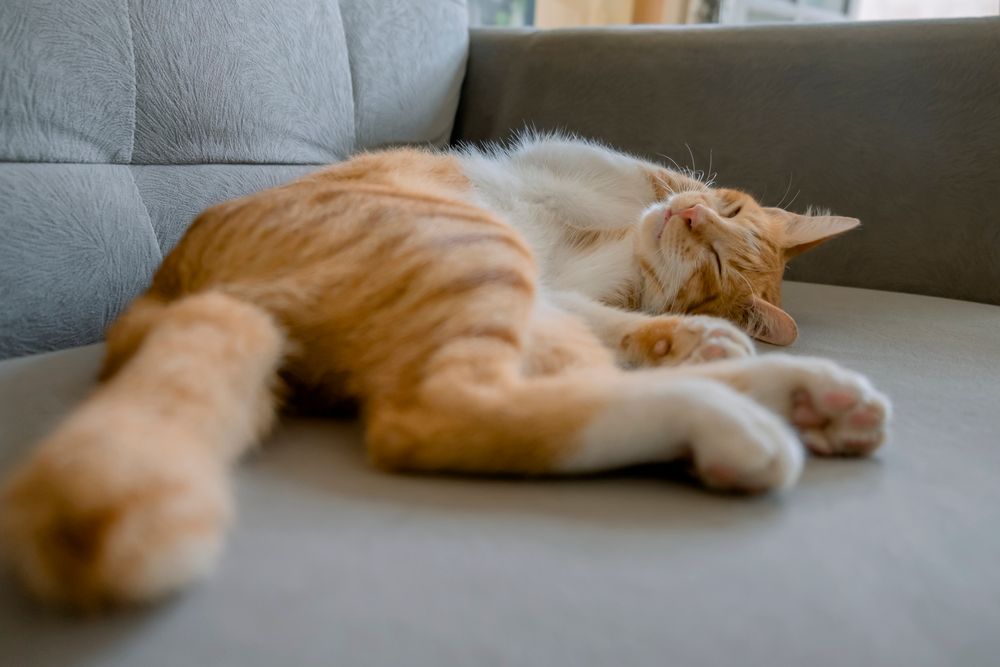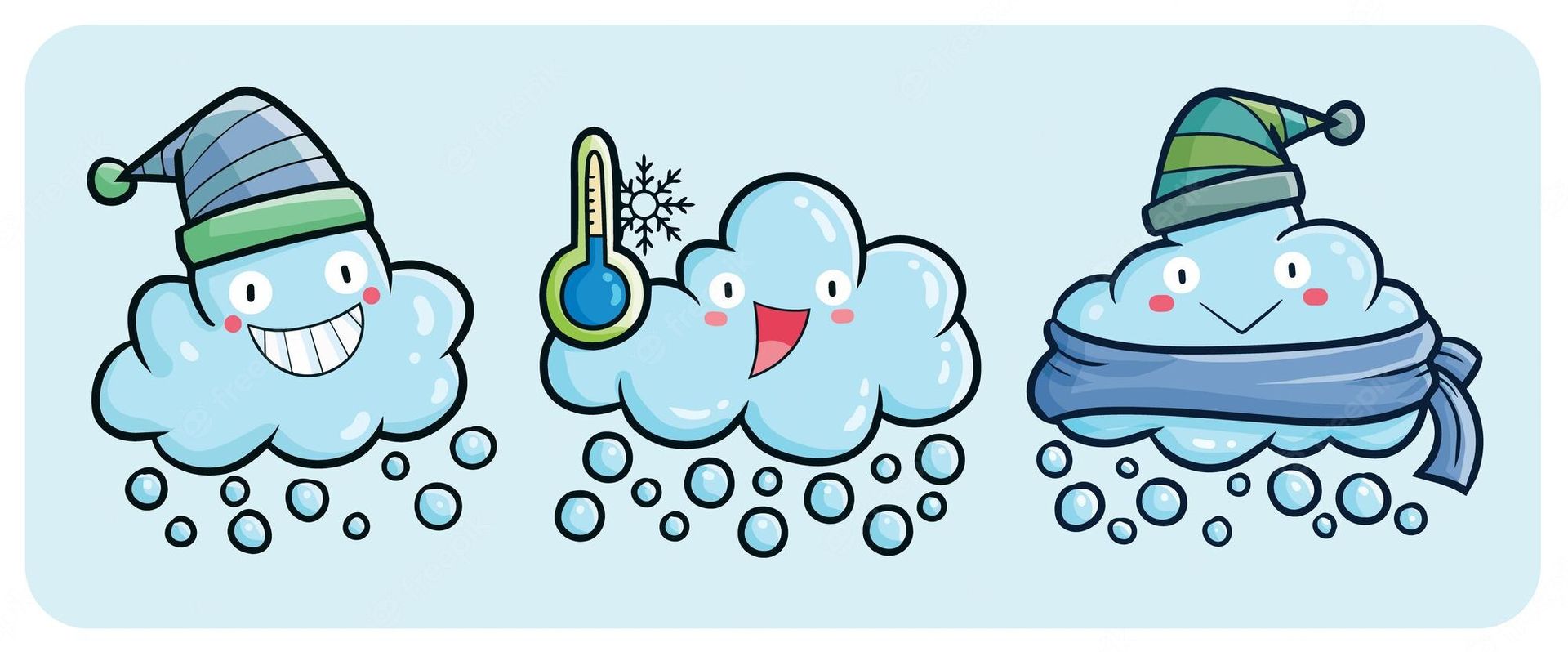Mold mites
Mold mites: what are they exactly?

There is nothing unfamiliar about mold, but mold mites are not so well known. If you are concerned about mold, mold mites are a term or insect you may not be familiar with. Mold mites are part of a larger group of species that eat specific materials. Along with mold mites, you can also find cheese mites, dust mites, and bird mites.
What Are Mold Mites?
Tyrophagus putrescentiae is a tiny, hairy insect that feeds on mold. The mold mites are related to different mites, whose names are usually based on the food they eat. It is common for mold outbreaks to attract some hungry tyrophagus putrescentiae mites.
How Do I Spot Mold Mites?
In short, mold mites are tiny insects. Mold mites are so small that they cannot be seen with the naked eye. It's possible that you'll notice a mold mite colony in your business or home if you notice a mold colony. Generally, they are whitish or tan in color. Tyrophagus putrescentiae can cause a tan splotch near or on the mold colony.
You might be able to zoom in on the splotch if you have access to a powerful camera. When camera resolution is high enough, a plump, wingless insect will appear with long, fur-like setae on its body. A sensory organ is a part of their body that has the appearance of hair, but it is more like bristles than hair. The pieces are prone to breaking off and becoming airborne.
Getting Rid of Mites
Mold mites are easier to remove than you might think. Removing their food source eliminates these mites. In the case of mold mites, this means removing the colonies of mold from your home or business.
Are Mites Dangerous?
It is interesting to note that a tyrophagus putrescentiae is not dangerous to humans. There is no need to worry about mold mites biting, scratching, or carrying diseases. The biggest concern associated with mold mites is an outbreak of mold in your home.
Mold mites do not bite, but they can irritate or cause allergic reactions in some people. Allergies and respiratory problems can be aggravated by airborne sensory hairs.
When Should you Get Help?
Despite the lack of visible mold, it is possible to spot a colony of tyrophagus putrescentiae. While they are primarily found near colonies, that does not mean they live there exclusively. In some cases, a tyrophagus putrescentiae colony can be visible outside a wall, but the mold colony itself may be hidden.
Contact Restoration1 of Towson if you notice mold in your business or home. You can contact us 24/7 if you need mold removal help!












